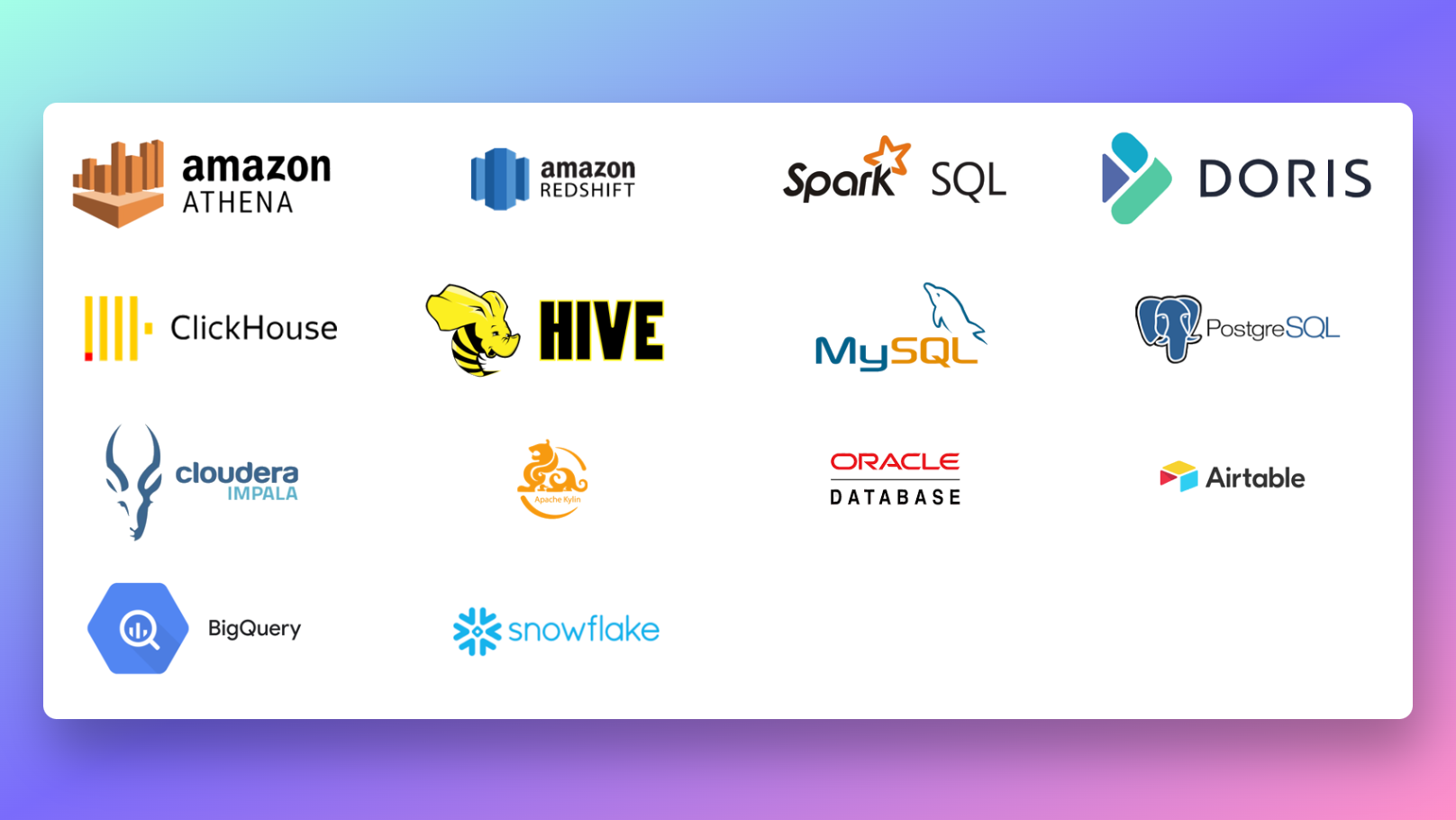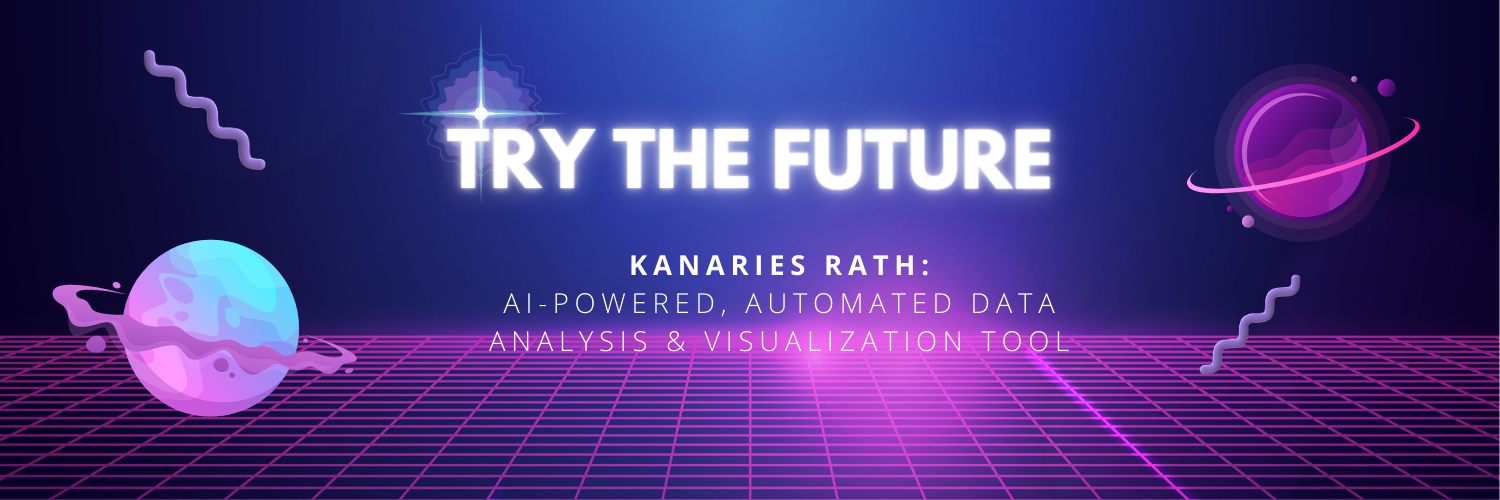Postgres Database Visualizer: A Comprehensive Guide
Updated on
As the world of data management expands, the need for efficient and effective data visualization tools is becoming more apparent. One such area where data visualization plays a crucial role is in the world of PostgreSQL databases. In this essay, we will explore how to visualize Postgres database structures, the benefits of using Postgres database project visual studio, and various open-source visual database design tools for PostgreSQL.
How to Visualize Postgres Database
Visualizing a Postgres database is an essential skill for developers, analysts, and data scientists alike. The visualization process allows you to better understand the structure and relationships within your data, enabling you to make more informed decisions.
One way to visualize a Postgres database is by using a popular open-source data visualization tool called RATH (opens in a new tab). RATH is an AI-powered, automated data analysis and visualization tool that simplifies the process of exploring and analyzing data. It can be used as a Postgres database visualizer and offers a wide range of features to visualize database schema Postgres.
To get started with RATH, follow these simple steps:
- Install and set up RATH on your system.
- Connect RATH to your Postgres database by providing the necessary credentials and configuration.
- Begin exploring your data using RATH's intuitive interface, which allows you to visualize database schema Postgres and gain insights from your data.
Postgres Database Project Visual Studio
For developers using Visual Studio, connecting to a Postgres database and managing your database projects is a breeze. Visual Studio Connect to Postgres database functionality is made possible through the use of various extensions and plugins. These tools allow you to easily create, update, and delete tables, as well as query and modify data within your Postgres databases.
Creating a Postgres database project in Visual Studio 2017, for example, can be achieved through the following steps:
- Install the appropriate extension for PostgreSQL support in Visual Studio.
- Create a new database project and select PostgreSQL as the target platform.
- Add your existing database schema or start designing a new one using the provided tools.
Connecting to Postgres Database in Visual Studio Code
Visual Studio Code is another popular development environment that supports connecting to Postgres databases. With the help of suitable extensions, you can manage and interact with your Postgres database directly within Visual Studio Code.
To connect to a Postgres database in Visual Studio Code, follow these steps:
- Install the PostgreSQL extension for Visual Studio Code.
- Configure the extension to connect to your Postgres database by providing the necessary credentials and settings.
- Use the integrated tools and features to manage your database and execute queries.
Open Source Visual Database Design Tools for Postgres
There are numerous open-source visual database design tools available for working with Postgres databases. These tools provide a range of functionalities, from schema design and query building to data visualization and reporting. Some popular open-source visual database tools for Postgres include pgAdmin, DBeaver, and Superset Visualization.
One standout tool in this space is RATH (opens in a new tab), an open-source data visualization tool that harnesses the power of artificial intelligence to provide users with a seamless data exploration experience. RATH's intuitive interface and AI-powered features make it an ideal choice for visualizing Postgres databases on Linux and other platforms. The open source data visualization tool is also equipped with advanced features like automatic data classification, machine learning model generation, and AI data visualization capabilities.
One of the strengths of RATH is its ai data visualization capacities. For example, you can easily visualize AirTable data with RATH with smooth integration:
RATH supports a wide range of data sources. Here are some of the major database solutions that you can connect to RATH:

If you want to add support for more database types or data engines, feel free to contact us!
Visual Database Tools for Postgres: A Summary
In conclusion, visualizing a Postgres database is an essential skill for anyone working with PostgreSQL databases, as it allows for better understanding and management of complex data structures. Whether you are using Visual Studio, Visual Studio Code, or an open-source visual database design tool like RATH, there are numerous options available to help you effectively visualize your Postgres database schema.
To summarize, we discussed the following key topics in this essay:
- How to visualize a Postgres database using RATH, an AI-powered, open-source data visualization tool.
- The benefits of using Postgres database project Visual Studio and how to create a database project in Visual Studio 2017.
- Connecting to a Postgres database in Visual Studio Code using the PostgreSQL extension.
- A brief overview of popular open-source visual database design tools for Postgres, including RATH, which can be used to visualize Postgres databases on Linux and other platforms.
By choosing the right tool for your needs and incorporating it into your workflow, you can efficiently visualize, manage, and analyze your Postgres database. This not only improves your overall productivity but also helps you make more informed decisions based on the insights gained from your data.
Moreover, with tools like RATH (opens in a new tab), you have the added advantage of AI-powered data analysis and visualization capabilities, which make it even easier to explore and understand your Postgres database. By leveraging these advanced features, you can unlock the full potential of your data and drive more meaningful insights for your organization.
Remember, the key to success in today's data-driven world is having the right tools at your disposal, and with the wealth of options available for visualizing Postgres databases, you can be sure to find the perfect fit for your needs. So, dive into the world of Postgres database visualization and harness the power of data to make better, more informed decisions.
